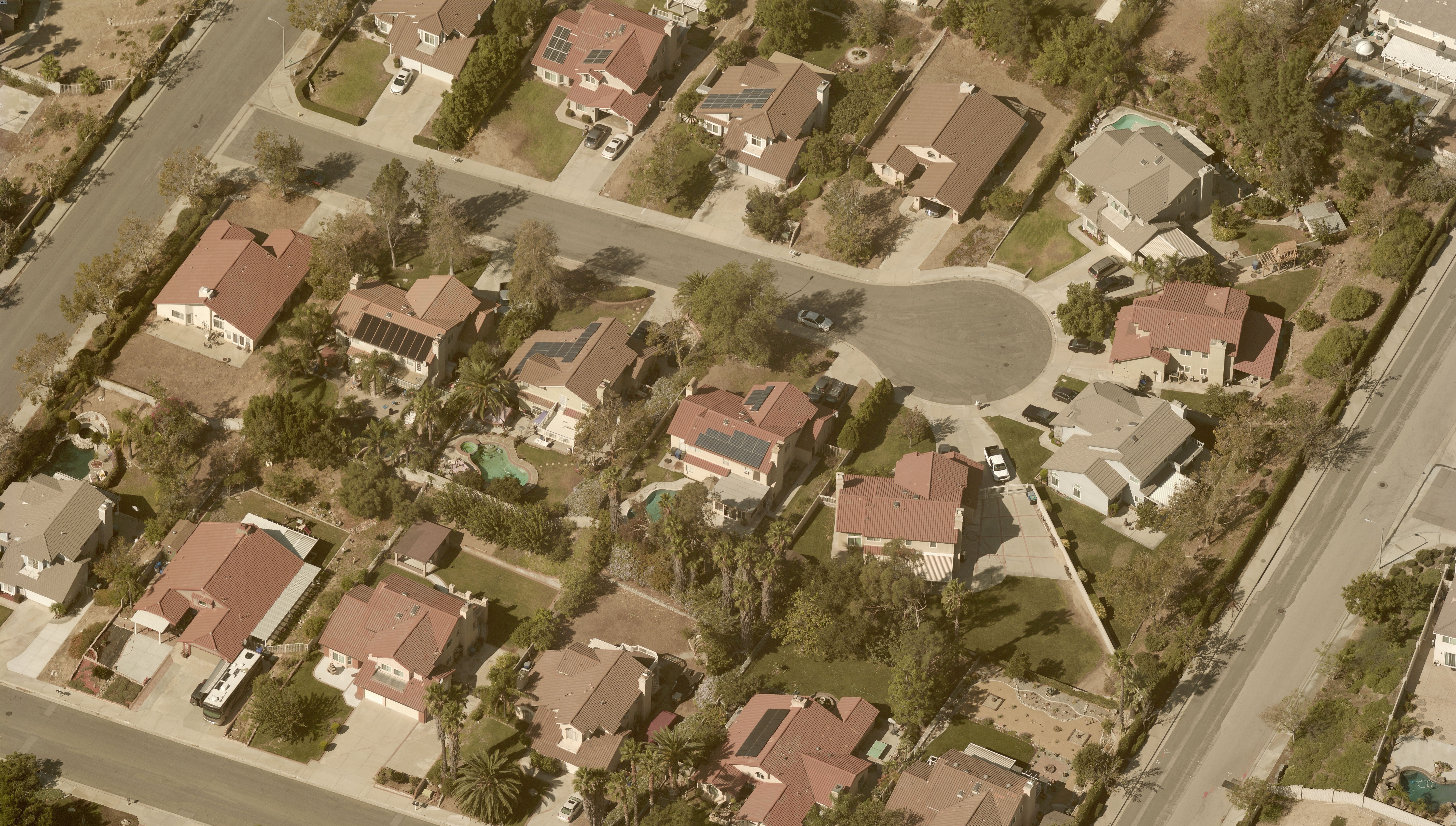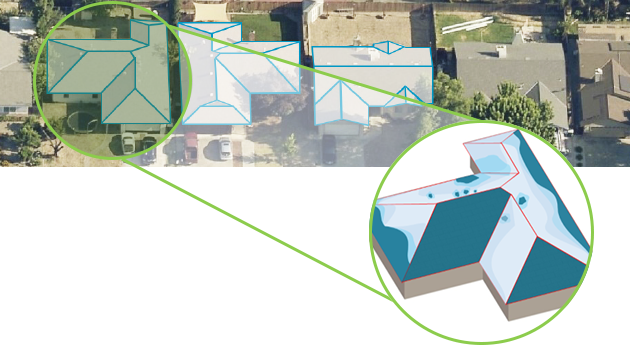
Aerial imagery company, EagleView, is looking to leverage years of experience working in the insurance industry and for municipal governments into becoming the ‘gold standard’ for solar aerial imaging.
“At EagleView, it’s never been about the roof, it’s been about all the roofs,” the company’s VP of Energy Markets Tim Rochman explained. “We want to be this full-service data provider, end-to-end, but just for data. We’re not a design software company, we don’t have a layout tool. We don’t think we compete with any of the design companies, we think we augment them and facilitate [their product] better for our customers."
EagleView is equal parts aerial imaging firm and purveyor of all things visible data. To get a better idea of what the company does, it’s important to know how it began.
The long road
The company began in 2000, based around the concept of oblique aerial imagery. Pictometry, as it was known then, developed and patented a way to supplement the traditional top-down aerial photography of buildings, with side views, using photographs taken from piloted aircraft with proprietary cameras and lenses that allowed for those oblique, 45-degree, shots of the sides of buildings.
“We know where on the planet every single pixel is, in X, Y and Z,” said Rochman.
From there, the company made its name in the municipal government and insurance worlds. The company has worked with over two-thirds of all the counties in the U.S., with aerial imaging coverage for roughly 98% of the U.S. population. Much of this work was in change detection and taxation, like locating new structures built without permits.
In 2007, Pictometry joined with two individuals who were able to use the rooftop and oblique home images to create accurate three-dimensional models of homes and structures, becoming EagleView. Using this, the company got into the insurance industry. Turns out that roofs are the No. 1 source of insurance claims, from a property standpoint.
Moving into energy
As the company grew and got in with more and larger insurance companies, so too did business interests and EagleView began working with utilities, like Alabama Power, to get imaging and obstruction data for transmission and distribution infrastructure.
And while the connection between insurance and rooftop solar may not be clear at first, Rochman attributes a fair bit of EagleView’s solar success to the company’s diverse background.
“It’s a natural extension, because we know everything about a roof,” said Rochman. “We know about all the nuances of measurement and measurement accuracy. We know that, regardless of what software you’re using or what resolution imagery you have, you cannot trace a project onto a roof accurately. We don’t trance onto the pixels, we go into the metadata of the image and create these three-dimensional models. I knew, from insurance, how our stuff is better than a person on a roof.”
Last year, the company took another big step, officially launching its first two residential-solar-focused products: Inform Essentials+ and Inform Advanced. Inform Essentials+ uses aerial imagery, precise measurements and 3D models to prepare accurate project proposals and plan sets.
Rochman shares that the measurements and models are so precise, that they cut out the need for a site visit, allowing the entire design of a system to be done remotely. This can cut a week or more out of overall project timelines, saving money and allowing installers to take on more projects than before.
As for Inform Advanced, the service provides everything that Inform Essentials+ does, with the addition of shading analysis, allowing for further precision in system design.
 An example of an EV Inform Advanced rooftop model.
An example of an EV Inform Advanced rooftop model.“We take our roof model and we conflate it with a digital surface model that we create of the surrounding world to create a grid view,” explained Rochman. “We then take shade readings for every six inches of the grid for every 15 minutes of the year.”
Looking forward
And, according to Rochman, the possibilities don’t end with rooftop imaging and project design.
“We work with everybody,” Rochman said. “Because of our experience with companies like National Grid or Alabama power, there’s even implications for distributed energy resource management, grid resiliency and we’ve done studies for companies where we’ll look at their service territory and identify every structure that has solar on it. They have to go back and look at their circuits and feeders and they might have to upgrade their transformers or other stuff.”
As for the present, the company is looking to get more familiar with the overall solar market, having made its big industry debut at Solar Power International last year. EagleView was in attendance for the North American Board of Certified Energy Practitioners (NABCEP) 2020 CE Conference this month, where the company led a training session on enabling virtual workflows.